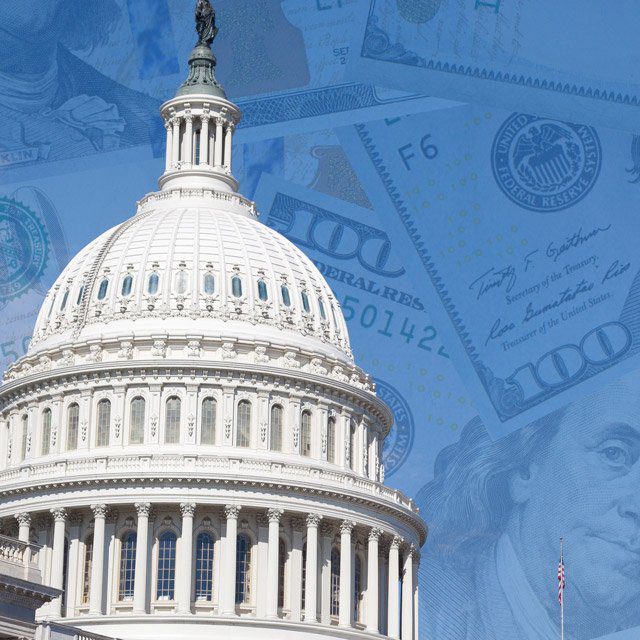Secure Act 2.0: How the House and Senate Bills Compare in 5 Key Areas

While the House and Senate versions of Secure Act 2.0 bills have yet to be reconciled, the two chambers’ versions already share similarities.
The House passed its version of Secure Act 2.0, officially called the Securing a Strong Retirement Act of 2022, in March.
The Senate Finance Committee passed by voice vote on June 22 the Enhancing American Retirement Now (EARN) Act, bipartisan legislation that’s intended to be included in the Senate’s version of Secure Act 2.0.
The Senate Health, Education, Labor & Pensions Committee passed by voice vote on June 14 the Retirement Improvement and Savings Enhancement to Supplement Healthy Investments for the Nest Egg, or Rise & Shine, Act.
The bills from the HELP Committee and Finance Committee will be combined to make up the Senate’s Secure Act 2.0 package.
In a recent blog post, Ian Berger, an IRA analyst with Ed Slott & Co., laid out how the House-passed bill and the Senate EARN Act bill differ in several key areas.
1. Required Minimum Distributions
Both bills would increase the age that RMDs from traditional IRAs must start. Currently, the first RMD year is age 72. The House bill would delay the first RMD year to age 73 beginning in 2023, 74 in 2030 and 75 in 2033. The Senate EARN bill would change the first RMD year to age 75 without interim changes to ages 73 and 74. However, the change to age 75 would not be effective until 2032.
2. Catch-Up Contributions
Both bills would allow higher catch-up contributions to company plans. The current catch-up limit for those age 50 or older is $6,500. Both bills would increase that limit to $10,000 beginning in 2024. The House bill would apply that limit only to those who are age 62, 63 or 64, but the Senate bill would apply it to those who are 60, 61, 62 or 63.




